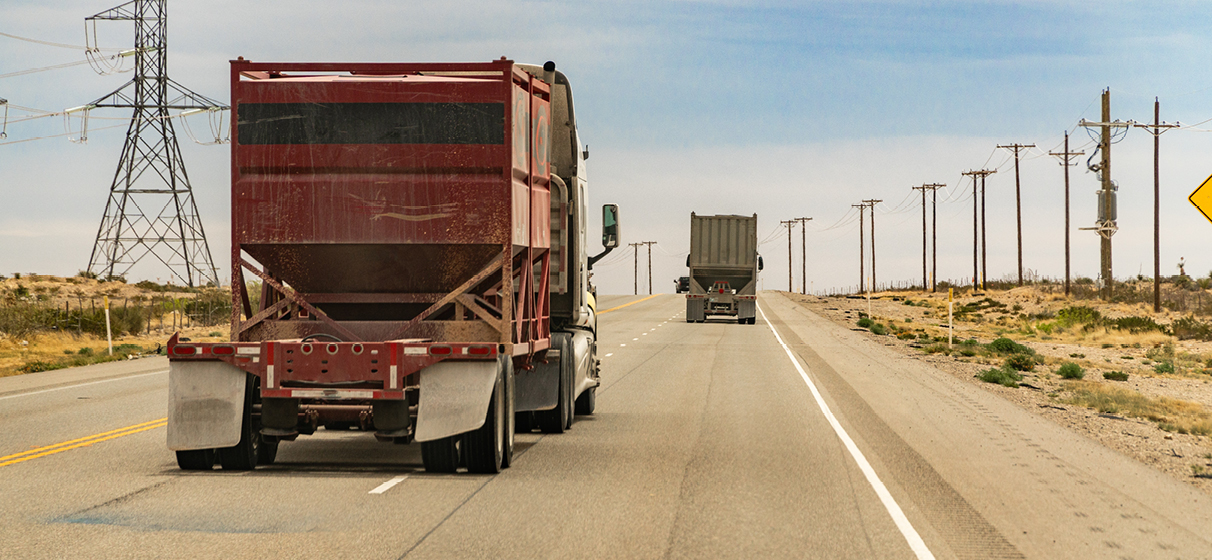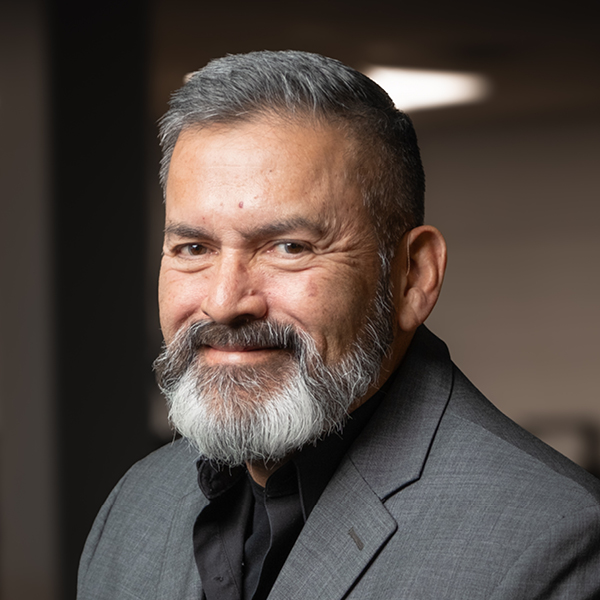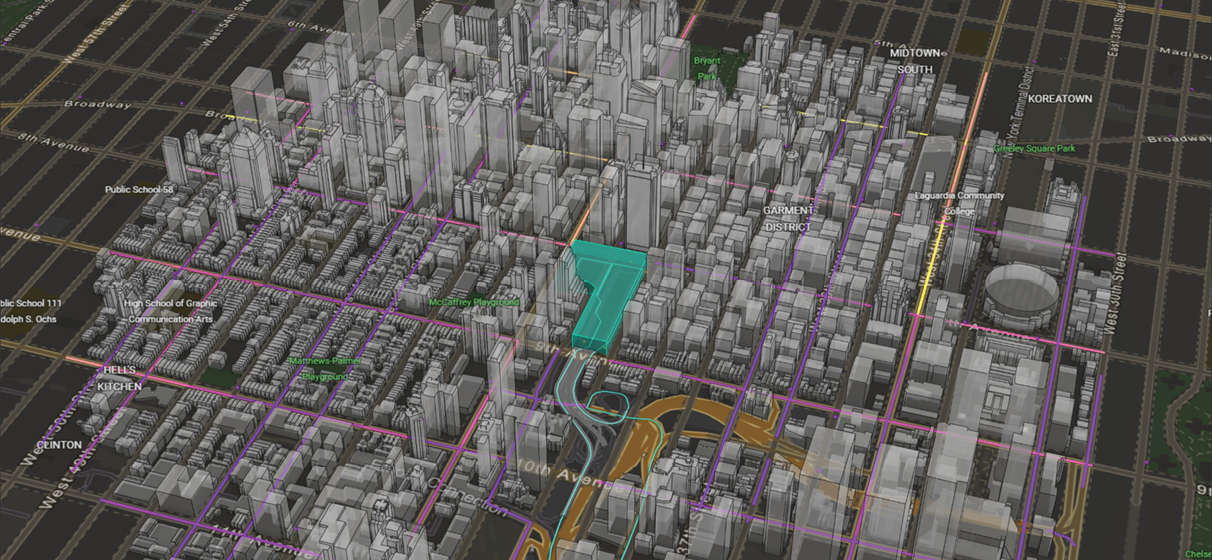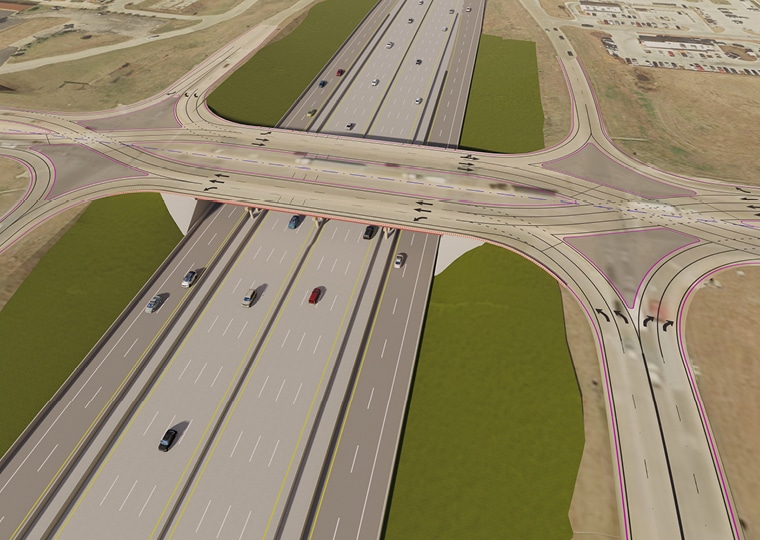When it comes to preparing for the next generation of infrastructure investments, few projects in North America rival the scale and strategic relevance of the Ports-to-Plains Corridor – spanning from Laredo, TX, to the Canadian border. This emerging interstate system is more than a trade route; it’s a future backbone for energy logistics, supply chain resiliency and binational economic vitality. As such, it also presents a complex landscape of vulnerabilities—natural, geopolitical, and logistical.
At this year’s Joint Engineer Training Conference & Expo (JETC), hosted by the Society of American Military Engineers (SAME), STV’s team, alongside Lauren Garduno, president and CEO of the Ports-to-Plains Alliance, is presenting a tabletop exercise framework centered on consequence management within the Ports-to-Plains Alliance. This is not just a simulation – it’s a platform to bring together engineers, military veterans, state leaders, and private-sector partners in a shared mission: managing the unavoidable, so we can avoid the unmanageable.
STV’s multidisciplinary team is well equipped to develop this exercise. We have engineers and project delivery experts with military backgrounds who are very familiar with executing tabletop exercises – from cyber incident simulations to post-hurricane operational drills. Additionally, our transportation team in Texas and the surrounding region is already partnering with the Texas Department of Transportation on several projects and programs connected to Ports-to-Plains. Meanwhile, our team features a robust expertise in planning and designing infrastructure that makes communities more resilient against flooding, fires and other climate events.
With tabletop exercises, each scenario serves a critical purpose: stress-testing infrastructure plans and leadership coordination before a real crisis strikes. In this case, we’re applying that experience to a corridor that will soon carry the lifeblood of the U.S. energy sector and international trade.
The need is urgent. As West Texas becomes a hub of a revitalized energy movement, thousands of trucks a day are projected to pass through towns and ecosystems that may not yet exist – an entirely new spine of economic development forming in real time. But with opportunity comes risk: hurricanes from the Gulf, dust storms across the plains, the threat of organized crime near the border, and ever-present concerns around cyber and infrastructure sabotage.
The idea for this tabletop didn’t start in a boardroom. It was born from a series of collaborative discussions between STV’s team, the SAME Texas Posts (Dallas, San Antonio, Houston, Fort Worth), and other stakeholders in Texas. This effort fits perfectly within SAME’s national 2030 Vision: “Drive Partnerships, Deliver Solutions, and Develop People.
This tabletop is just the beginning. Following this presentation, our team is looking forward to creating additional simulations later this year. For example, we’re looking to present a simulated Gulf-formed hurricane making landfall near Corpus Christi, TX, and surging northward, dumping record rainfall across southern Texas and up into the beginning of the Ports-to-Plains corridor. In this exercise we’ll examine:
- Impacts on newly constructed highway segments and bridge crossings
- Supply chain disruption across freight hubs
- Coordination breakdowns between local, state, and federal agencies
- Communications and cybersecurity vulnerabilities along ITS systems
- The indirect effects on rural communities, tribal nations, and emergency response routes
We’re shaping this exercise as a resilience test, not just an emergency response drill. We want participants to think beyond “response” and more about how to embed climate-smart infrastructure into the corridor’s DNA. With support from our GIS experts we’ll incorporate real-world maps, overlays of critical infrastructure nodes, and digital modeling of risk zones. The aim is to make this tangible, relevant, and replicable.
With over 1,600 registrants expected at JETC, our message is clear: disaster resilience isn’t a back-end contingency; it’s a front-end design principle. It’s also a business opportunity, an equity consideration and a matter of national security.
We hope this presentation can serve as a blueprint for collaboration – between government, industry and military veterans who have the operational know-how to manage what’s coming.









